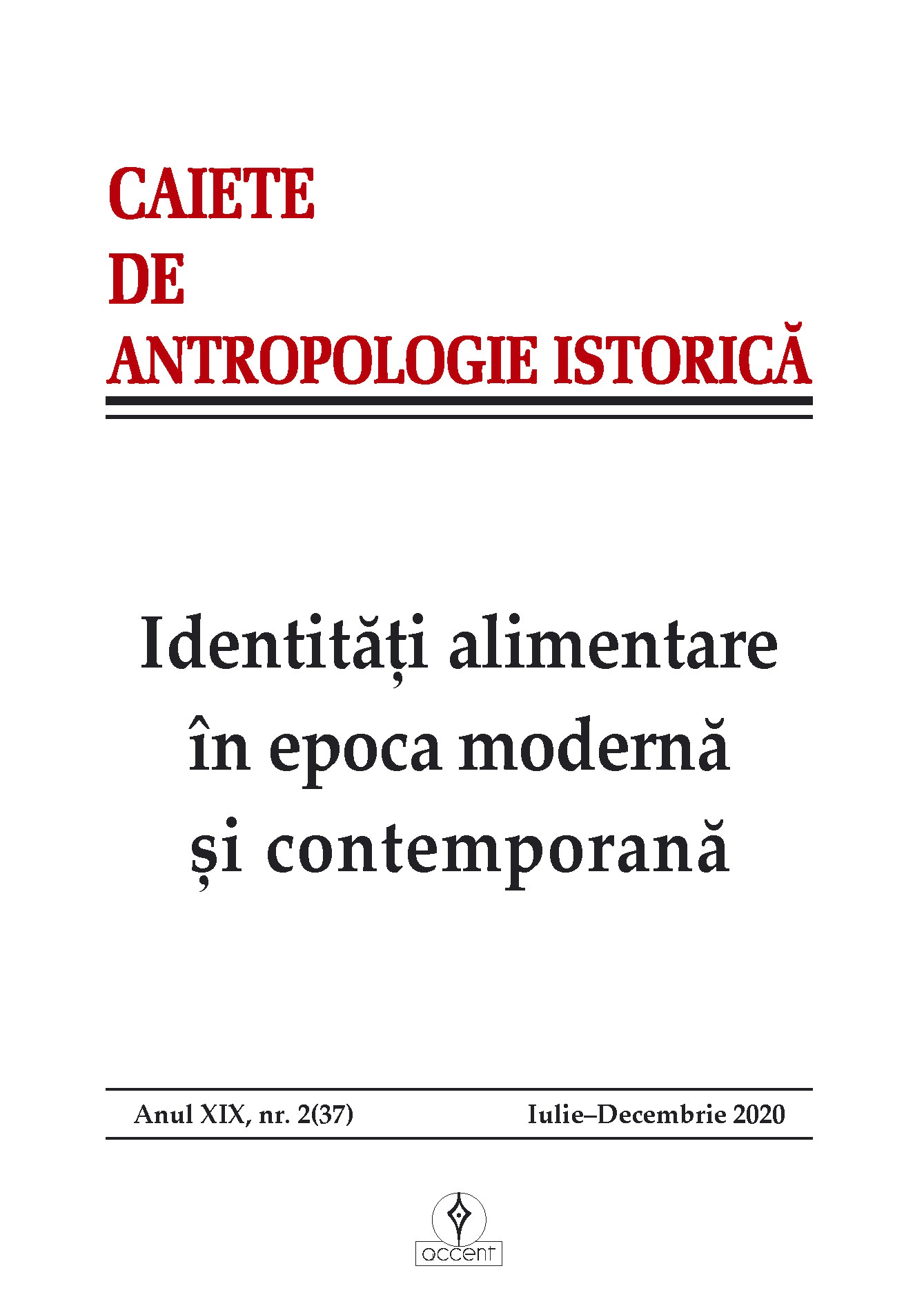Emmanuel de Martonne et les frontières de la Grande Roumanie. Science et diplomatie
Emmanuel de Martonne and the borders of Greater Romania. Science and diplomacy
Author(s): Mihai Teodor NicoarăSubject(s): Historical Geography, Diplomatic history, Local History / Microhistory, Interwar Period (1920 - 1939)
Published by: Accent Publisher
Keywords: Emmanuel de Martonne; Romanian geography; Romanian borders; the First World War; the Study Committee; the Peace Conference;
Summary/Abstract: Emmanuel de Martonne (1873-1955) was a remarkable scholar and university professor, representative of the French school of geography. A disciple of Paul Vidal de la Blache, he distinguished himself as a competent specialist in Carpatho-Danubian geography. In 1900 he published in La Grande Enciclopédie an extensive article on Romania, then he wrote two doctoral theses on the geography of the Romanian space: in 1902, “Wallachia: essay on geographical monograph”, and in 1911, “Research on the Geographical Distribution of the Population in Wallachia.” De Martonne was the founder of the French Geographical Society and the International Geographical Union. Emmanuel de Martonne was involved in founding the Institute of Geography in Cluj and in founding the Romanian school of geomorphology. He was invited by the University of Cluj to hold courses and conferences, to participate in the university scientific activity. For the research of the Romanian geography he was honored with prizes, he became a corresponding member of the Romanian Academy (in 1912), then a foreign honorary member of the Academy (in 1919). Emmanuel de Martonne enjoyed the friendship of some great Romanian geographers, such as George Vâlsan and Vasile Meruţiu and had great disciples in the study of Romanian geography, among whom Robert Ficheux stood out. All his works were rigorously documented, through field research and cartographic analysis. His scientific prestige was the argument for his nomination, along with other geographers, as an expert geographer and cartographer in the service of the Peace Treaties (1919-1920). In 1918, de Martonne was appointed expert and secretary general in Le Comité d’études, adjunct to the Paris Peace Conference. De Martonne’s intervention in the Territorial Commissions, which met in Paris in 1919, was persevering and decisive in establishing the Romanian-Serbian, Romanian-Hungarian, Romanian-Bulgarian and Romanian-Russian borders. His reports on Dobrogea, Transylvania, Banat and Bessarabia were based on convincing geographical, demographic, ethnographic arguments. Despite various and contradictory opinions, De Martonne proposed, as far as possible, the border lines favorable to Romania’s interests, which is why he can be called the father of the borders of Greater Romania.
Journal: Caiete de Antropologie Istorică
- Issue Year: 2020
- Issue No: 37
- Page Range: 147-165
- Page Count: 19
- Language: French

